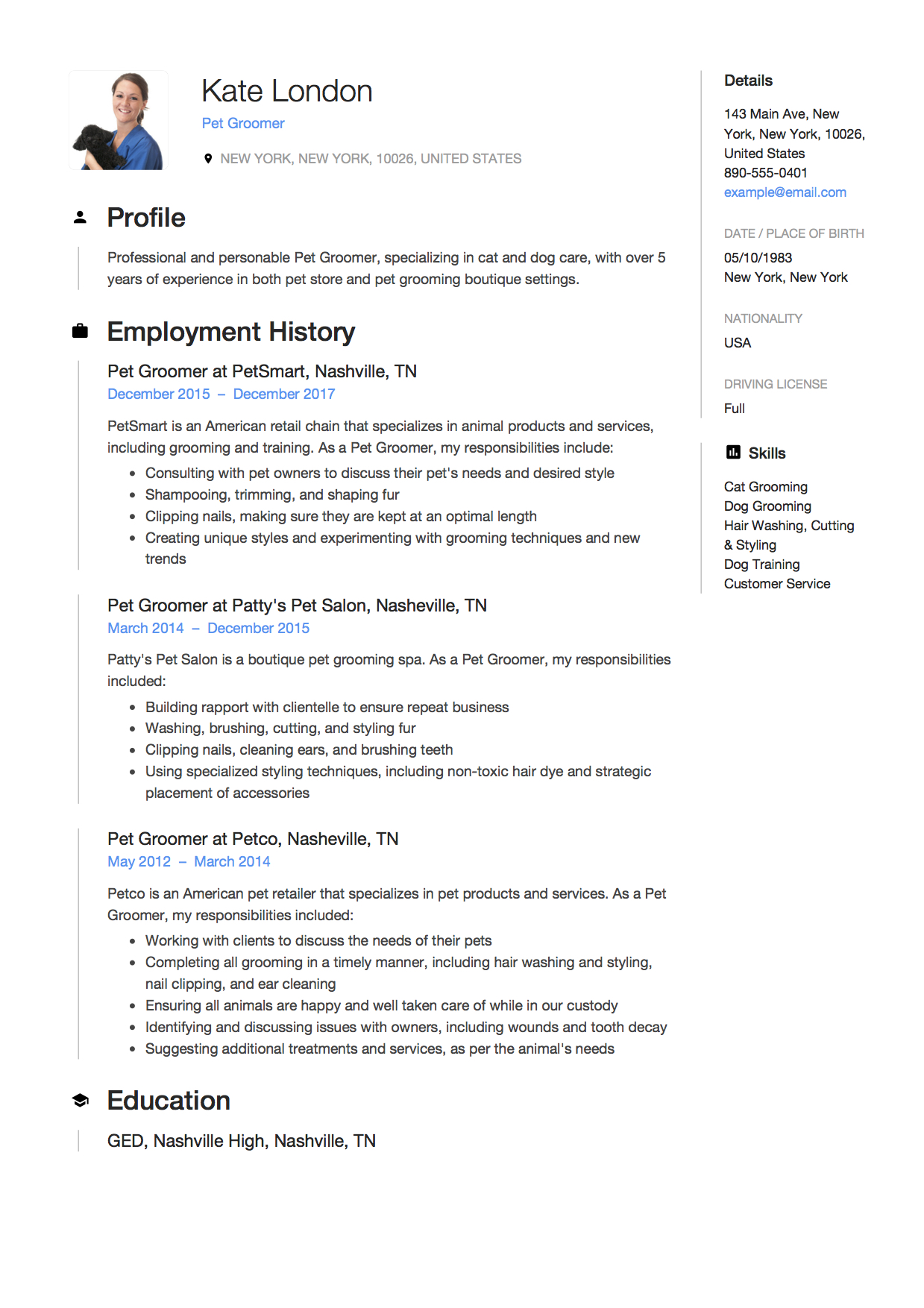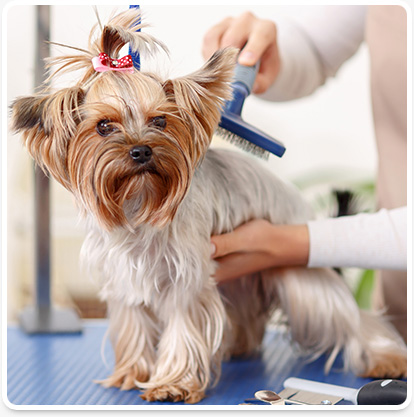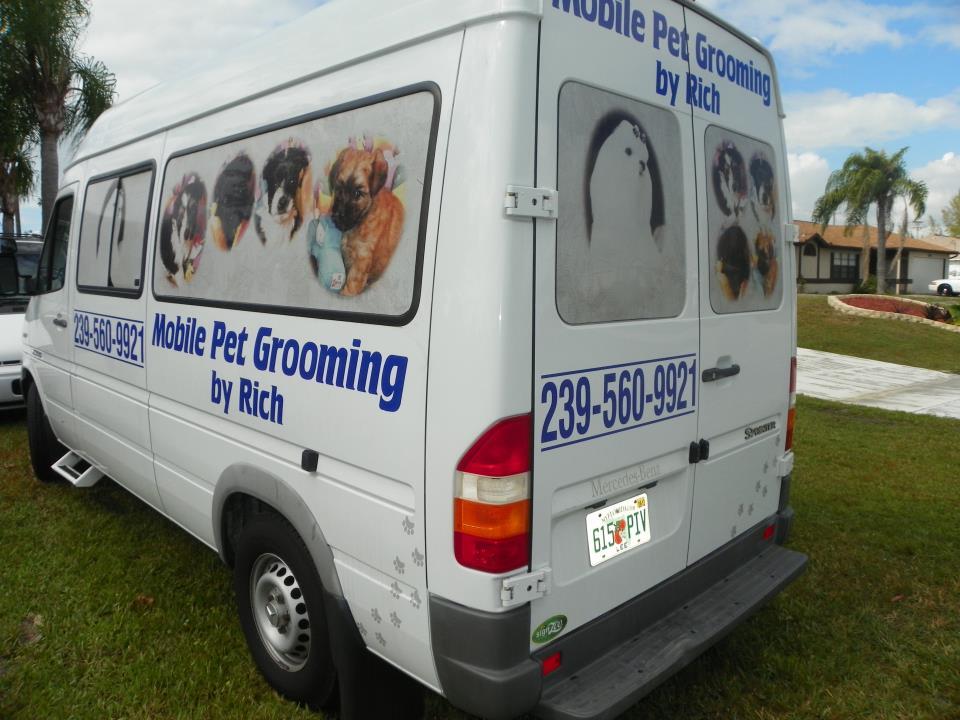Dog grooming and how much it costs
Table of Contents
Table of Contents
Dog grooming can be a challenging task, especially for those with difficult dogs. These dogs may have a history of bad grooming experiences, or they may simply be anxious or uncooperative. However, proper grooming is essential for a dog’s health and happiness, so it’s important to find solutions for grooming and caring for these challenging pets. In this article, we will explore techniques, tips, and tricks for dog grooming for difficult dogs.
Pain Points of Dog Grooming for Difficult Dogs
Grooming a difficult dog is not just a hassle for the owner, it can actually be painful and uncomfortable for the dog. Struggling, biting, and whining can cause physical pain and discomfort to the dog, and can also lead to injuries such as cuts and scratches. In addition, a difficult dog may become anxious and stressed during grooming, which can lead to health issues such as high blood pressure and heart disease.
Target of Dog Grooming for Difficult Dogs
The target of dog grooming for difficult dogs is to make the grooming process as comfortable and stress-free as possible. This includes finding techniques and tools that work best for the dog’s individual needs, as well as creating a safe and calm environment for grooming. With patience, understanding, and persistence, grooming a difficult dog can become a positive and enjoyable experience for both the dog and the owner.
Summary of Dog Grooming for Difficult Dogs
In summary, grooming a difficult dog can be a challenging task, but with the right tools and techniques, it is possible to create a safe and comfortable grooming experience. This includes finding solutions for pain points related to grooming, creating a stress-free environment, and being patient and understanding with your furry friend.
Dog Grooming for Difficult Dogs: Bathing
Bathing a difficult dog can be a daunting task, but with the right approach, it can become a positive experience for both the dog and the owner. It’s important to start slowly, by introducing the dog to the bathing area and allowing them to explore and become comfortable. Use a gentle, non-toxic shampoo and start at the neck, gradually working your way to the tail. Use a washcloth or rubber brush to gently scrub the fur and skin, being careful to avoid the eyes, ears, and nose. Rinse thoroughly and dry with a soft towel or blow dryer on a low setting.
 It’s important to remember that every dog is different and may have individual needs when it comes to bathing. Some dogs may require a medicated shampoo, while others may need a specific type of conditioner. Always read the label and follow the manufacturer’s instructions, and don’t hesitate to seek advice from a professional groomer or veterinarian.
It’s important to remember that every dog is different and may have individual needs when it comes to bathing. Some dogs may require a medicated shampoo, while others may need a specific type of conditioner. Always read the label and follow the manufacturer’s instructions, and don’t hesitate to seek advice from a professional groomer or veterinarian.
Dog Grooming for Difficult Dogs: Brushing
Brushing is an essential part of dog grooming, especially for breeds with long or thick hair. Brushing helps to remove loose hair, dirt, and debris, and it also helps to distribute natural oils throughout the coat. For difficult dogs, it’s important to start slowly, by introducing the brush and allowing the dog to sniff and explore. Gradually start brushing, using a gentle touch and short strokes. Use treats and praise to reward good behavior.
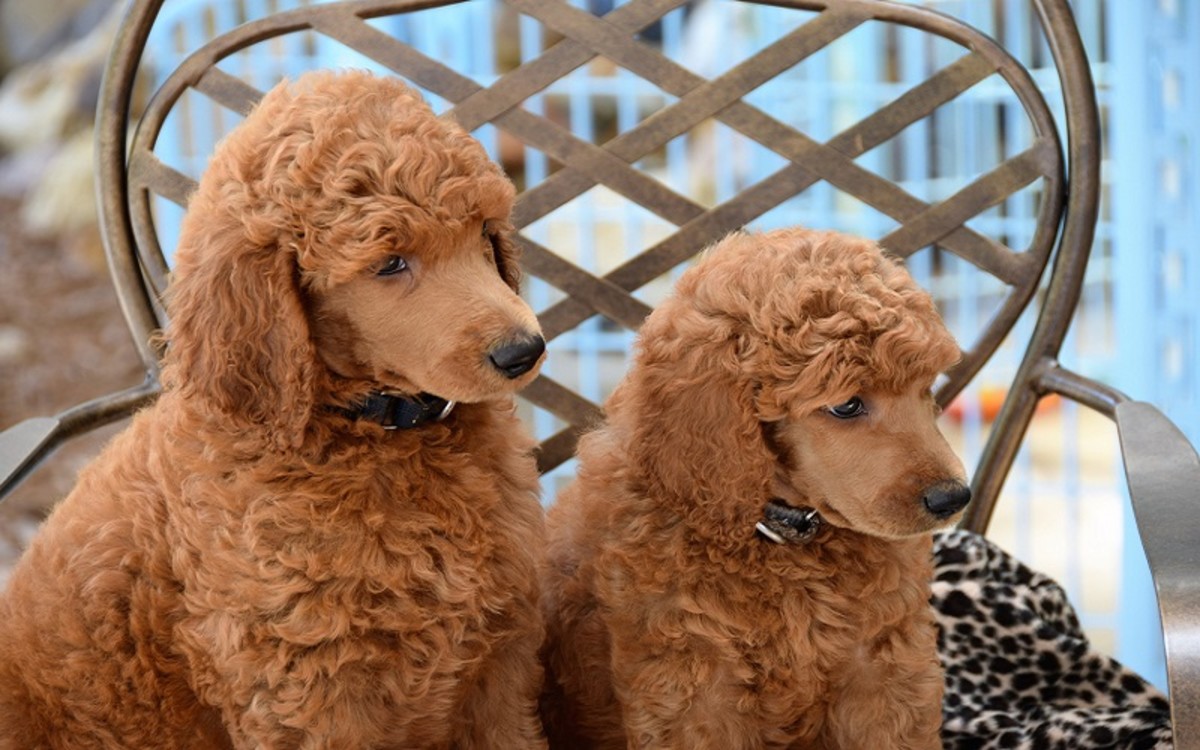 It’s important to choose the right brush for your dog’s coat type. Wire-pin brushes are good for breeds with long or curly hair, while slicker brushes are great for removing dead fur and tangles. Always brush in the direction of hair growth, being gentle around sensitive areas such as the face, ears, and paws.
It’s important to choose the right brush for your dog’s coat type. Wire-pin brushes are good for breeds with long or curly hair, while slicker brushes are great for removing dead fur and tangles. Always brush in the direction of hair growth, being gentle around sensitive areas such as the face, ears, and paws.
Trimming Your Dog’s Nails
Trimming your dog’s nails can be a stressful experience, especially for difficult dogs. However, it’s important for your dog’s health and comfort to keep their nails at a proper length, as long nails can cause pain and discomfort when walking or standing. Start by getting your dog used to having their paws touched and handled. Use a nail clipper or grinder specifically designed for dogs and make small cuts, being careful not to cut the quick (the pink part of the nail that contains blood vessels). Use treats and praise to reward good behavior.
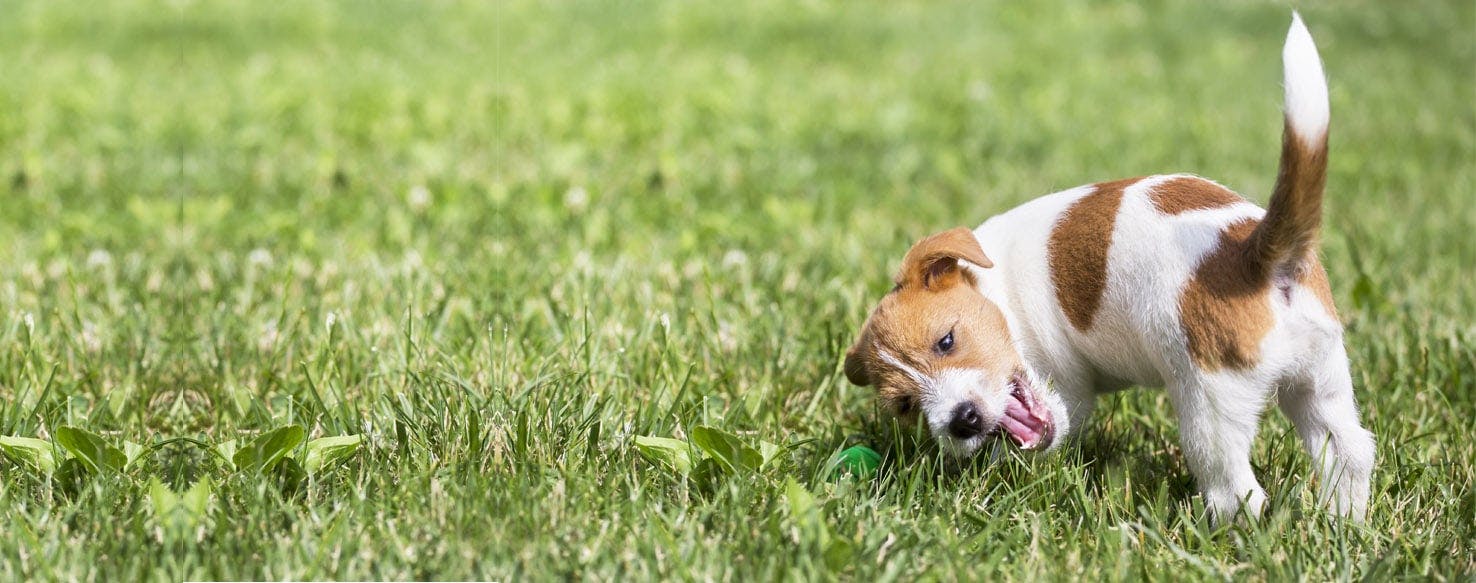 #### Brushing Your Dog’s Teeth
#### Brushing Your Dog’s Teeth
Brushing your dog’s teeth is an important part of their overall health and hygiene, but it can be difficult for some dogs to tolerate. Start slowly, by introducing your dog to a toothbrush and allowing them to sniff and investigate. Use a toothpaste specifically designed for dogs and a soft-bristled brush. Hold the brush at a 45-degree angle and gently brush in circular motions, being careful not to hit the gums. Use treats and praise to reward good behavior.
Question and Answer
Q: How often should I bathe my difficult dog?
A: It depends on the individual dog and their needs. Some dogs may only need a bath every few months, while others may require more frequent bathing. Consult with a professional groomer or veterinarian to find a schedule that works best for your dog.
Q: My dog hates having their nails trimmed. What can I do?
A: Start by getting your dog used to having their paws touched and handled. Use a nail clipper or grinder specifically designed for dogs and make small cuts, being careful not to cut the quick (the pink part of the nail that contains blood vessels). Use treats and praise to reward good behavior. If your dog is particularly anxious or uncooperative, consider seeking the help of a professional groomer or veterinarian.
Q: How do I choose the right brush for my dog’s coat type?
A: Wire-pin brushes are good for breeds with long or curly hair, while slicker brushes are great for removing dead fur and tangles. Always brush in the direction of hair growth, being gentle around sensitive areas such as the face, ears, and paws.
Q: Can I use human shampoo on my dog?
A: No, human shampoo is not designed for a dog’s skin and can cause irritation or other health issues. Always use a shampoo specifically designed for dogs.
Conclusion of Dog Grooming for Difficult Dogs
Grooming a difficult dog can be a challenging task, but with the right tools, techniques, and patience, it can become a positive and enjoyable experience for both the dog and the owner. Remember to create a safe and calm environment for grooming, and to always seek advice from a professional groomer or veterinarian when needed. By prioritizing your dog’s health and comfort, you can ensure a happy and healthy life for your furry friend.
Gallery
How To Groom A Difficult Dog - Hellorigby.com

Photo Credit by: bing.com / hellorigby
Tips From A Groomer: Grooming Difficult Dogs - Dog Discoveries

Photo Credit by: bing.com / difficult groomer
Dog Grooming And How Much It Costs | Pets Nurturing
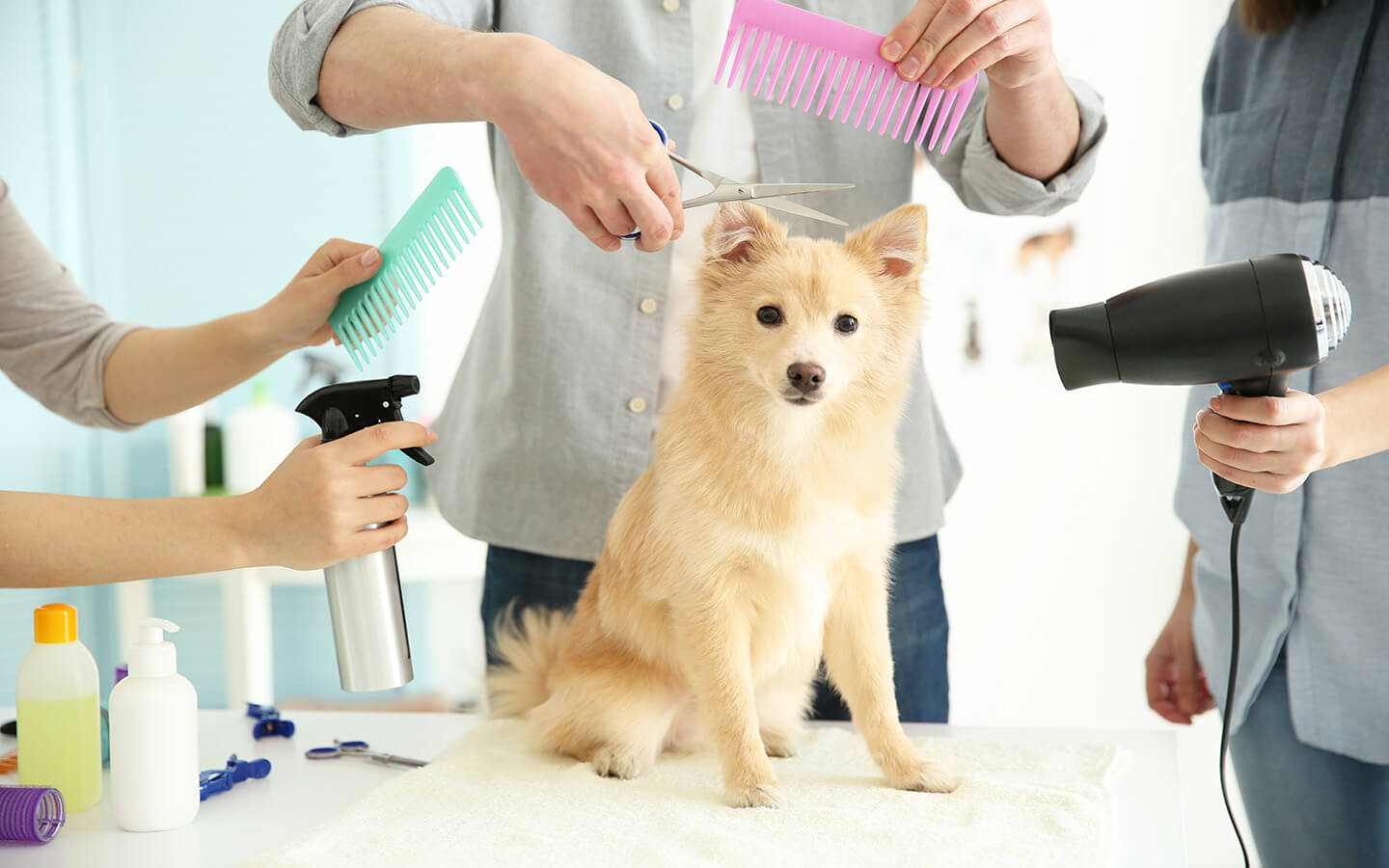
Photo Credit by: bing.com / grooming pet dog dubai services much pets groom costs gift birthday
How To Groom A Difficult Dog | Wag!

Photo Credit by: bing.com / dog difficult groom
Pet Grooming: The Good, The Bad, & The Furry: Difficult Dogs
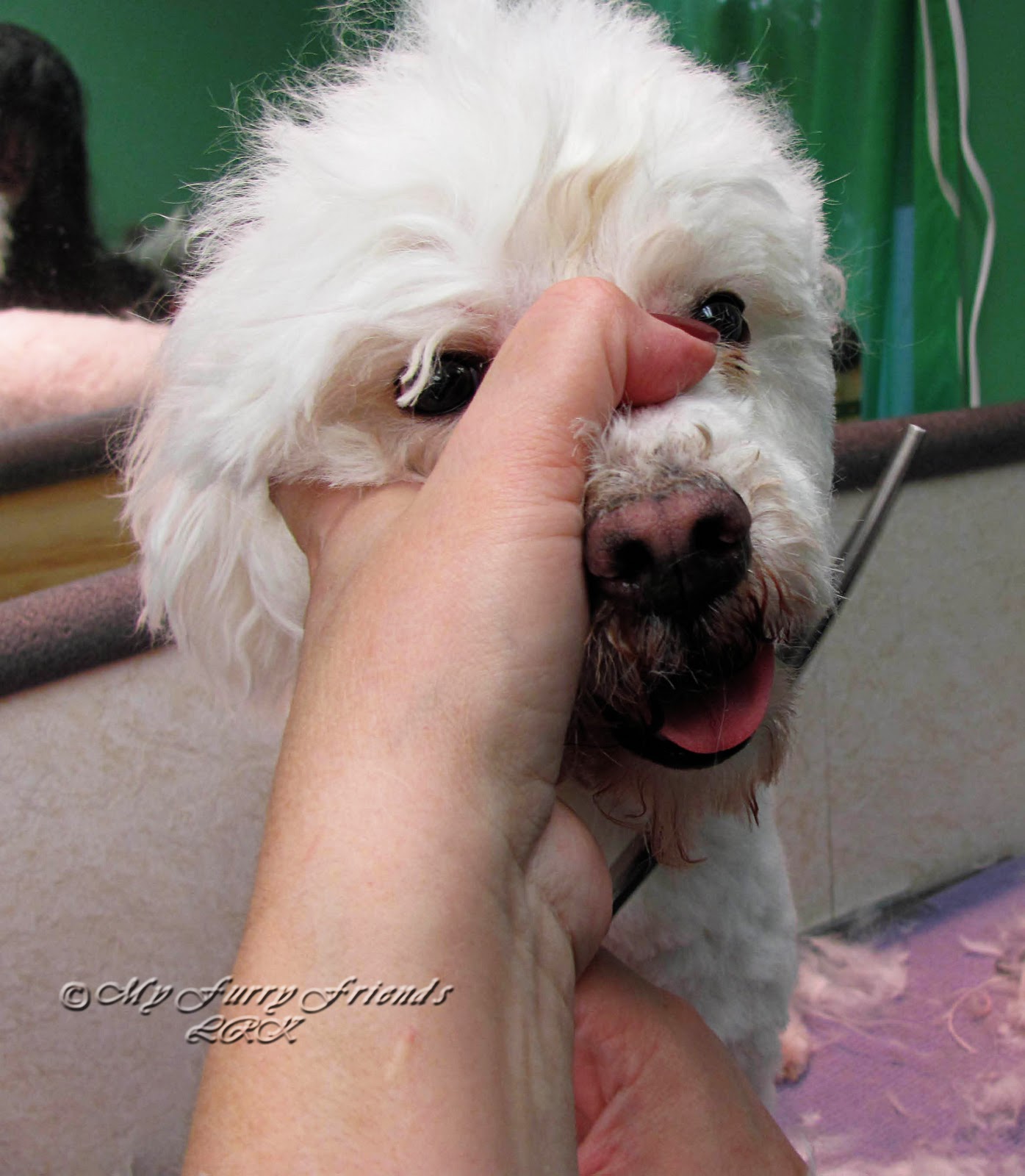
Photo Credit by: bing.com / grooming bad furry pet good fuss did face he little his



